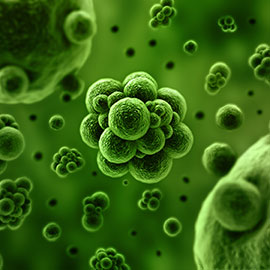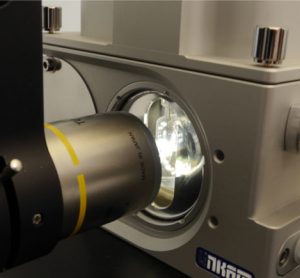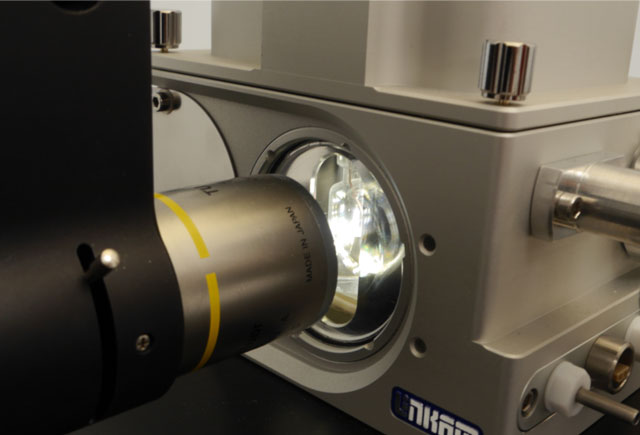Structural genomics, the practical way
20 July 2006 | By Frank von Delft, Principle Investigator, Protein Crystallography Group, Structural Genomics Consortium, University of Oxford
The Structural Genomics Consortium (SGC) is an internationally funded collaboration with sites in three countries and a three-year goal of solving the 3-dimensional structures of more than 380 human proteins with particular medical relevance, and placing them in the public domain without restrictions. The structures should prove an invaluable resource…










